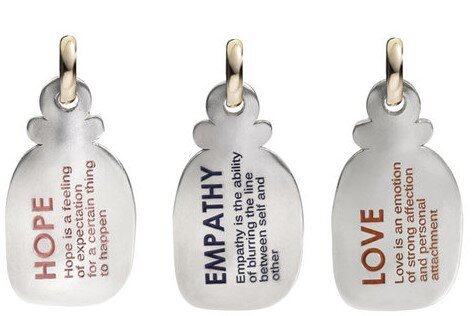Gianpaolo Todisco - Partner
The Court of Bologna recently ruled on the publication of a photograph in newspapers, stating that when there is a public interest, it limits the exclusive rights of the author. While the latter cannot oppose the reproduction and dissemination of the image, he is still entitled to receive fair compensation. However, the newspaper wishing to publish a photograph depicting a news personality must obtain the author's permission in advance, if the author is known.
It is not sufficient for the owner of the social profile on which a digital content was posted to assume that he or she holds the copyright to the photograph. If the photo was initially shared on a third party's Facebook profile, and not by the person who took it, this presumption has no value.
Bad faith cannot be equated with negligence, as it implies intentionally malicious behavior. Accordingly, bad faith cannot be said to exist in the case of downloading a photograph posted on a third party's Facebook profile without a digital watermark, unless it can be proven that the person who reproduced the photo was already aware of the author's identity at the time of publication. Such proof is the responsibility of the author of the photograph.
Furthermore, for the purposes of proving the reproducer's bad faith, the fact that the content was downloaded without first seeking permission from the owner of the social profile on which it was posted is irrelevant. Nor can acceptance of the risk of infringing the rights of third parties (as in the case of the Facebook profile holder) be considered bad faith against the author of the photograph.
Finally, any subsequent agreements reached between the reproducer and other news outlets that published the same photograph without consent do not constitute evidence of bad faith.








